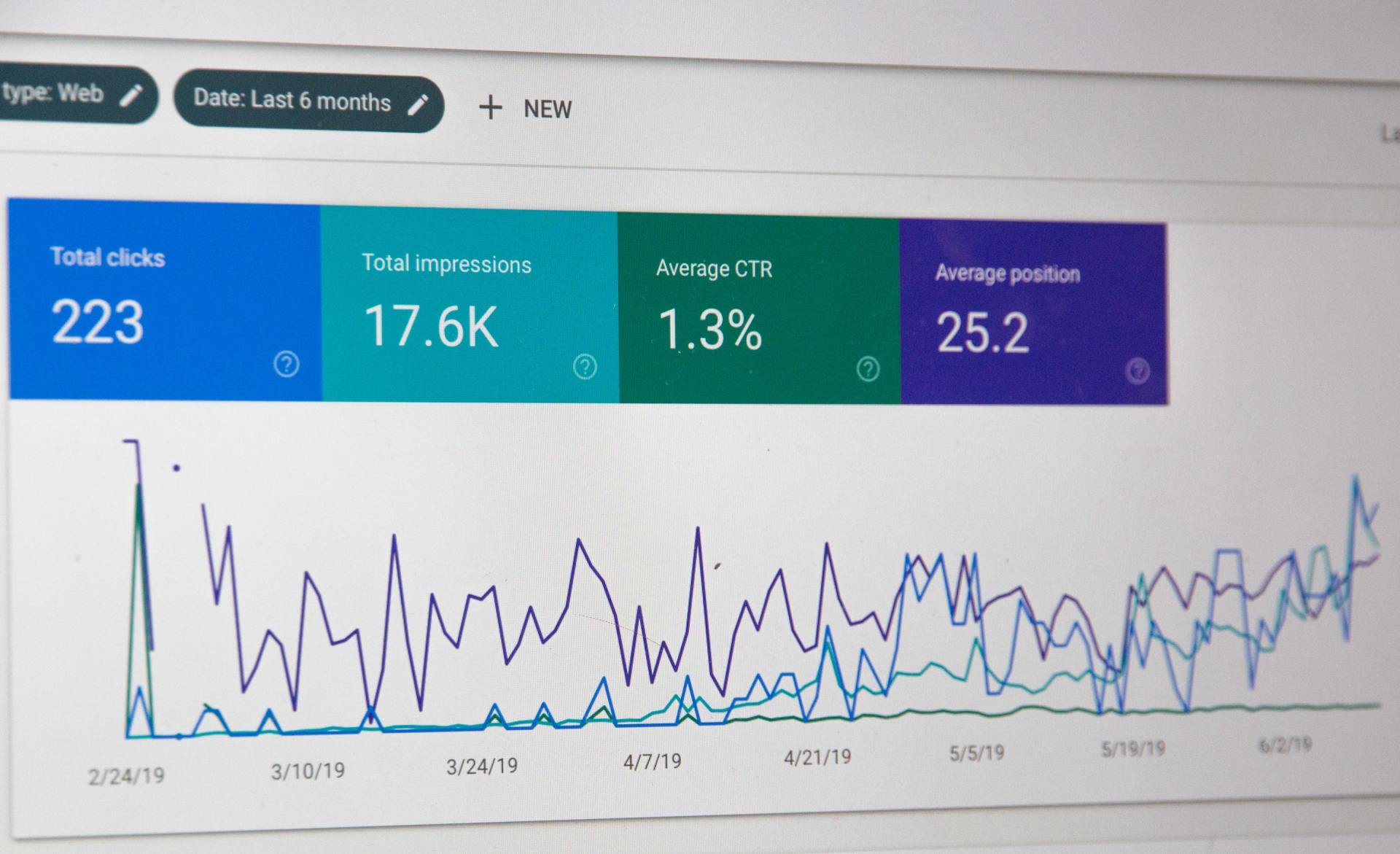The Best Office Phone Systems for Small Business
Choosing a Modern Phone System for your Small Businesses
Getting a proper
business phone system isn't just about looking professional (though that's a nice bonus). It's about getting your life back. It's about being able to hand off calls to team members without giving out your personal number. It's about having a voicemail system that doesn't mention your weekend art class. Most importantly, it's about drawing that line in the sand between Sarah the person and Sarah the business owner.
And the crazy part? Today's
business phone systems aren't the clunky, expensive monsters they used to be. We're talking about solutions that cost less than your monthly Form & Function Coffee habit but can make you look like a Fortune 500 company. Features that seemed impossible five years ago like having calls automatically forward to your mobile when you're out, or getting voicemails transcribed and emailed to you are now standard.
Whether you're a freelancer ready to stop playing phone tag with clients or a small team that's tired of the "Is this for business or personal?" number, this guide breaks down everything you need to know.
The Three Main Types of Office Phone Systems
When choosing a phone system for your business, it helps to understand the three main options: VoIP/Cloud-Based systems, On-Premise PBX, and Traditional Landlines. Each works differently and comes with its own benefits and drawbacks.
Elevate your business with a custom built website from Salt Creative — schedule your free strategy session now!
1. VoIP / Cloud-Based Phone Systems
What it is:
This system uses the internet instead of a phone line. When you make a call, your voice travels through the internet, not through old fashioned wires. Everything runs in the cloud, which means you don’t need bulky equipment in your office.
Pros for small businesses:
- Lower startup cost since you don’t need special hardware.
- Can answer business calls from anywhere — office, home, or cell phone.
- Easy to add or remove users as your team grows.
- Often comes with extra features like video meetings, voicemail-to-email, and text messaging.
Cons for small businesses:
- Depends on a strong, reliable internet connection. If the internet goes out, so does your phone system.
- Call quality can drop if your internet is slow or overloaded.
- Monthly subscription costs may add up, especially as you scale.
2. On-Premise PBX (Private Branch Exchange)
What it is:
This is a phone system you keep in your office. It’s a piece of equipment that manages your calls and connects your desk phones together. Think of it like having your own “mini phone company” inside your building.
Pros for small businesses:
- You have full control over the system and its security.
- Call quality can be more reliable, since it doesn’t depend on the internet.
- Can save money long term if you already invested in the equipment.
Cons for small businesses:
- High upfront cost for the equipment and installation.
- Requires space in your office to store the hardware.
- Usually needs professional support or IT help for maintenance and upgrades.
- Less flexible — harder to add remote workers without extra setup.
3. Traditional Landlines
What it is:
This is the standard phone line most people grew up with. Calls travel over copper wires run by the phone company. It’s the most “old school” approach, and many phone companies are slowly moving away from it.
Pros for small businesses:
- Extremely reliable, even during internet outages.
- Simple to use — no technical knowledge required.
- Works in areas with poor or no internet service.
Cons for small businesses:
- Limited features compared to modern systems.
- Harder and more expensive to add multiple lines.
- Phone companies may phase them out, making future support uncertain.
- Usually costs more for fewer features when compared to VoIP.
Quick Summary for Small Businesses:
- VoIP / Cloud-Based: Best for flexibility, mobility, and modern features — but you’ll need strong internet.
- On-Premise PBX: Good if you want control and already have equipment — but it costs more upfront and lacks flexibility.
- Traditional Landlines: Most reliable and simple — but outdated with very limited features.
10 Must-Have Features for a Small Business Phone System
Auto-Attendant
Think of this as a friendly virtual receptionist that greets callers and points them in the right direction. It saves you from constantly answering routine calls while making your company sound bigger and more professional.
Mobile & Desktop Apps
With apps on your phone and laptop, you don’t have to be tied to the office to take a business call. Customers reach you on your business number no matter where you’re working.
Business Texting (SMS/MMS)
Many customers prefer a quick text over a call. This feature lets you send updates, reminders, or pictures from your business line instead of your personal cell.
Voicemail-to-Email Transcription
Instead of fishing through audio messages, you get the voicemail text right in your inbox. It’s faster to scan, easier to prioritize, and you won’t miss important details.
Call Forwarding & Simultaneous Ring
If you’re on the move, this makes sure calls find you. You can send them to your mobile, or have your desk and cell ring at the same time so nothing slips through the cracks.
Toll-Free Number (1-800)
A toll-free number gives your business an established, trustworthy look. Plus, out-of-town customers can call without worrying about long-distance charges.
Video & Audio Conferencing
Meetings don’t always have to be in person. With one click you can jump into a video or audio call to collaborate with your team, clients, or partners.
Call Recording
Recordings let you revisit conversations to double-check details or use them for staff training. They’re also useful when there’s a dispute about what was said.
Business Hours & Call Routing
Set clear rules for when and how calls get handled. During open hours, calls go to your team, and after hours, they can head to voicemail or an answering service.
Analytics & Reporting
This feature helps you spot call trends—like peak times or how many calls go unanswered. With that insight, you can adjust staffing or sales efforts to better serve customers.
How to Choose the Right System in 4 Simple Steps
Step 1: Assess Your Needs
- Think about how your team communicates today and where the gaps are.
- Do you need remote access, texting with customers, or just a reliable way to answer calls?
- Write down your must have features before you start comparing options.
Step 2: Set Your Budget
- Decide what you’re comfortable spending up front versus monthly.
- Factor in not just the cost of the system, but also training, equipment, and potential upgrades.
- A clear budget keeps you focused on systems that fit your business, not just flashy features.
Step 3: Compare Top Providers
- Narrow your choices to a
few providers that offer the features you need.
- Look at reliability, customer support, and how easy the system is to use.
- Make a simple side by side comparison so you can see which one best fits your needs.
Step 4: Read Reviews & Schedule a Demo
- Check customer reviews to learn how each provider handles real-world problems.
- Ask for a demo so you can see the system in action and ask questions directly.
- Involve key team members in the demo to make sure it works for everyone, not just management.
Conclusion
The right phone system does more than connect calls — it projects professionalism, streamlines daily operations, and supports business growth. Modern solutions are affordable, flexible, and designed to meet the needs of small business owners who want to work smarter, not harder. Stop letting your cell phone hold your business back. It’s time to explore a system that can grow with you.










